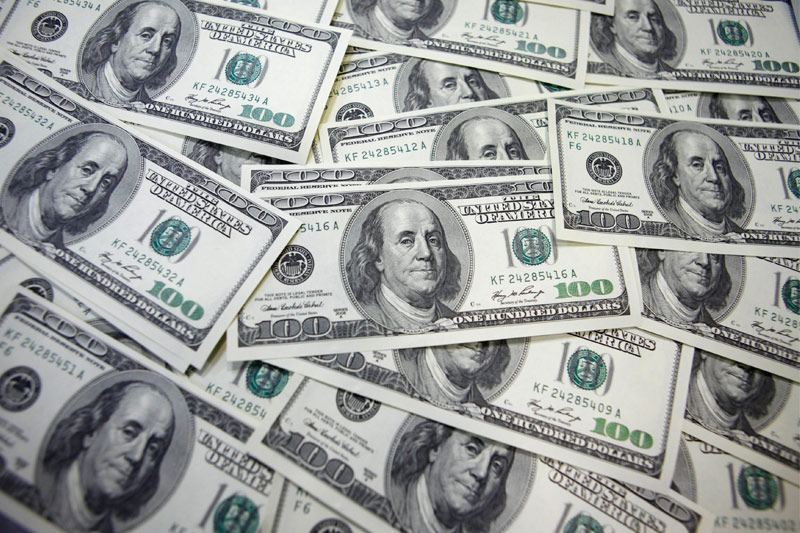Investing.com - The New Zealand dollar fell in early Asia after weak building consents data on Thursday as investors looked ahead Japan output data and building figures from Australia as markets digested the Federal Reserve's language for the timing of a now widely expected rate hike this year.
On Wednesday, Federal Reserve policymakers did not raise short-term interest rates from near zero at their Federal Open Market Committee, but their policy statement seemingly left the FOMC on course to raise them before long.
The Fed has kept the overnight federal funds rate, and in turn other rates, near zero since December 2008.
In the statement, the FOMC reaffirmed two conditions for starting to raise rates, that include further labor market improvement and becoming "reasonably confident" inflation will rise to 2% "over the medium term." And the FOMC's largely upbeat policy statement suggests the economy is on track to meet those conditions.
In New Zealand, June building consents fell 4.1% month-on-month compared to an expectation of a 2.5% gain. In May approvals were flat.
NZD/USD traded at 0.6657, down 0.11%, while USD/JPY changed hands at 123.94, up 0.01%. In Australia, AUD/USD was quoted at 0.7299, up 0.05%.
Ahead in Japan, June preliminary industrial output numbers are expected to show a 0.3% increase.
Later, BOJ board member Koji Ishida speaks to business leaders in Kyoto at 1030 (0130 GMT). Ishida was one of the four board members who were against any additional easy policy last October. Ishida will hold a news conference in Kyoto from 1430 to 1500 (0530-0600 GMT).
In Australia, RBA Gov Glenn Stevens is due to give a speech at the Boao Forum in Sydney at 1030 (2030 GMT). The topic of the speech isn't known but it is unlikely Stevens will speak on the economy just a week after his update.
The event is also very close to the RBA's cash rate decision next Tuesday, so Stevens is likely to steer clear of any monetary policy related questions at Q&A.
At 1130 (0130 GMT) in Australia, June building approvals data and Q2 import and export price index are due. The expectation is for a 0.8% fall month-on-month in building approvals after a 2.4% rise in May. For the trade price data, the expectation is for a 1.5% quarter-on-quarter rise in import price index due to the impact of a weaker exchange rate while export prices are expected to fall 4.0%.
The U.S. dollar index, which measures the greenback’s strength against a trade-weighted basket of six major currencies, was up 0.02% to 97.24.
Overnight, the dollar remained moderately higher against the other major currencies on Wednesday, even after data showed that U.S. pending home sales unexpectedly fell in June, as investors awaited the Federal Reserve’s rate statement later in the day.
Investors were waiting to see if Fed policymakers will give any indication on the timing or pace of future interest rate increases.
Fed Chair Janet Yellen has said the central bank could raise rates as soon as September if the economy continues to improve as expected.
The dollar shrugged off a report showing that contracts to buy previously owned U.S. homes unexpectedly fell in June, following five months of increases.
The National Association of Realtors said its pending home sales index fell 1.8% to 110.3 last month, compared to expectations for a 1.0% gain. It was still the third highest reading this year.
